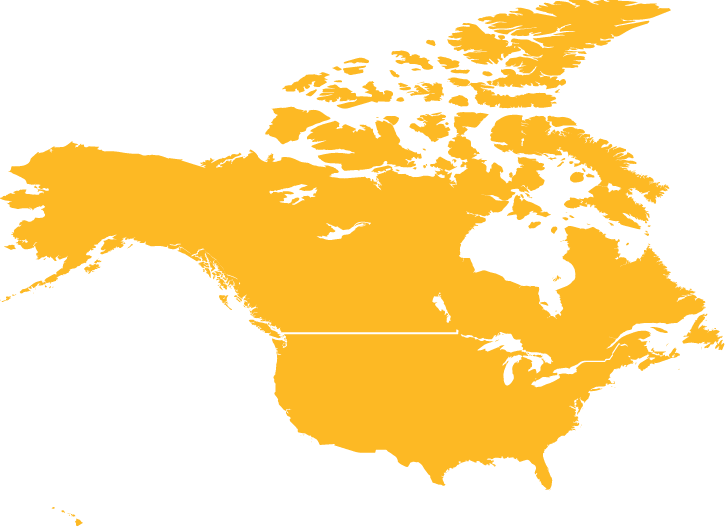Brief summary of Ury’s premise –
- In a conflict, there are not only two sides. Someone who is not on either side can be seen as being on the “Third Side.”
- We have at least three major opportunities to transform conflict from destructive fighting into constructive change: Prevention, Resolution, and Containment
He describes the ten roles that “Third Side” persons can take, within these three strategies – and think of the URI community of 500 CCs as you read this array:
PREVENTION
Provider: When there is conflict is often over scarce resources the Provider finds ways for both sides to get what they need, even deep needs such as love, safety and esteem. They can also provide knowledge to enable intelligent decisions.
Teacher: People often fight because they know of no other way to resolve their differences. The Teacher shows them how to handle conflict without resorting to violence and arms.
Bridge-builder: People in conflict often become separated by deep divides which lead to ignorant stereotyping, etc. The Bridge-builder builds ways across the dividing chasm, for example by building trust, showing how the others are human too.
RESOLUTION
Mediator: Where there are conflicting interests, the Mediator tries to bring them to the table. If this fails, they use shuttle diplomacy, going back and forth. Sometimes a higher authority may be able to coerce them to the table.
Arbiter: When there are disputed rights or when mediation fails, the Arbiter acts a judge and selects a final solution, to which both parties must agree to be bound.
Equalizer: Where there is unequal power, the powerful may not seek help but the powerless deserve it. Their position of greater power may cause the powerful to rethink and bring them to the table.
Healer: Injured relationships can fester if left alone. The Healer seeks to calm emotion and soothe hurt, for example by listening and acknowledging within a climate of healing.
CONTAINMENT
Witness: When nobody pays attention, atrocities may be committed. The Witness needs only see and tell the truth. Just by their presence, they may also dissuade the wrong-doer.
Referee: When people resort to conflict without rules, people get really hurt. When you cannot stop them fighting, the Referee at least sets and polices the rules.
Peacekeeper: Where people are completely vulnerable, they are open to easy attack. The Peacekeeper provides safety for the victims, interpose themselves between the warring parties and enforcing the peace.
The Third Side is made up of both insiders, such as friends, family, and even the parties themselves, who are in turn actively supported by outsiders, such as neighbors, neutrals, and bystanders.
Taking the Third Side means
- Seeking to understand both sides of the conflict
- Encouraging a process of cooperative negotiation
- Supporting a wise solution - one that fairly meets the essential needs of both sides and the community
You can have natural sympathies for one side or the other and still choose to take the Third Side.
